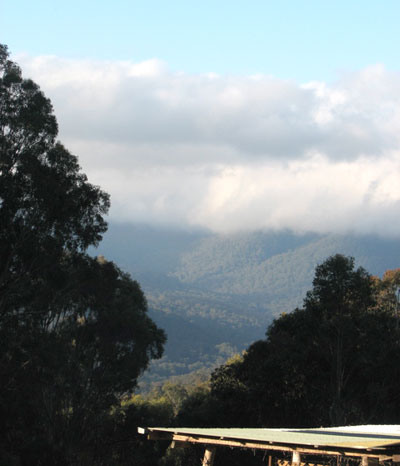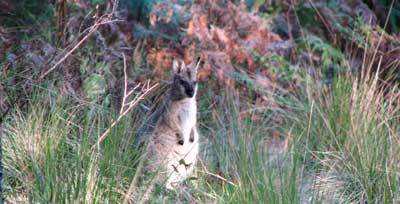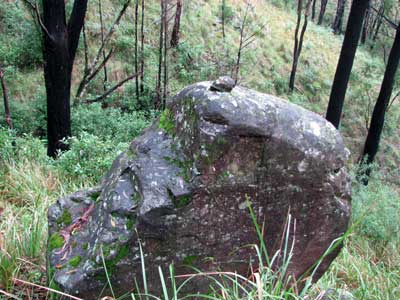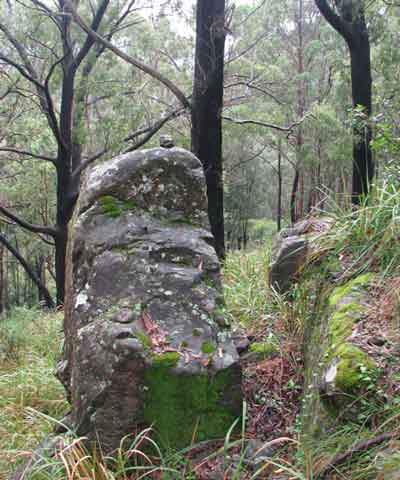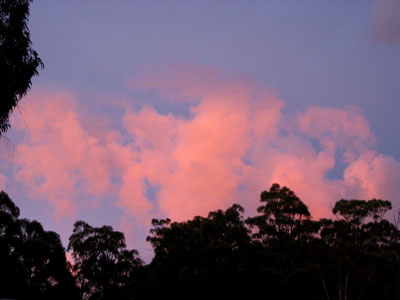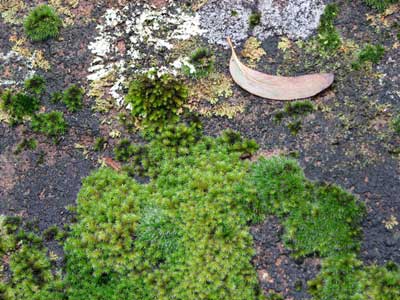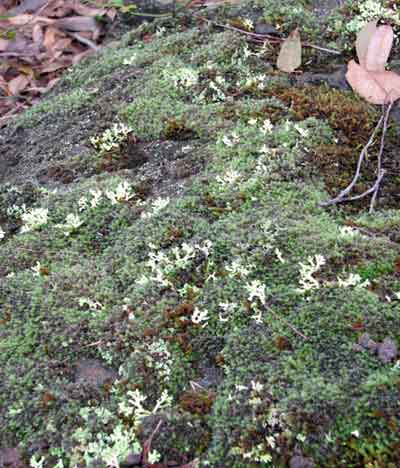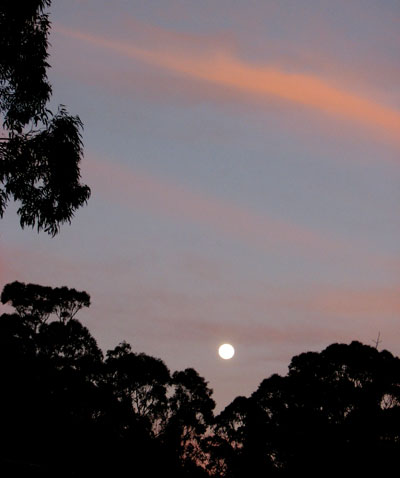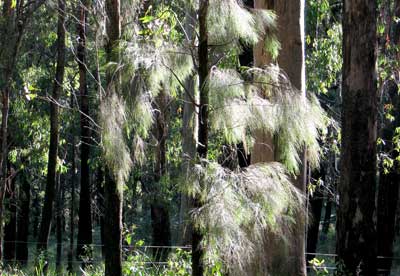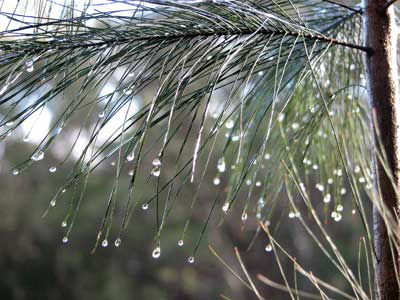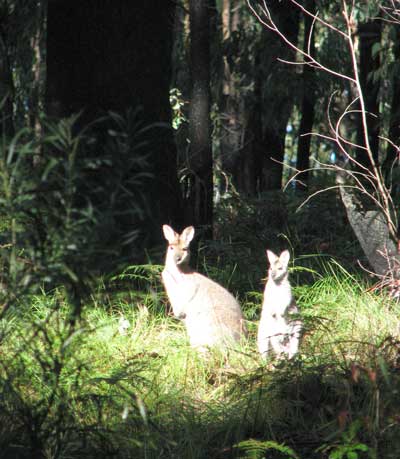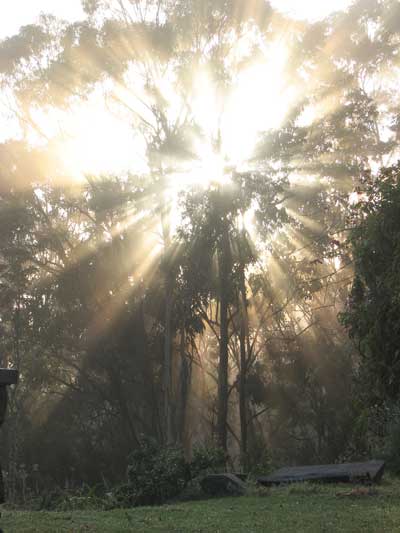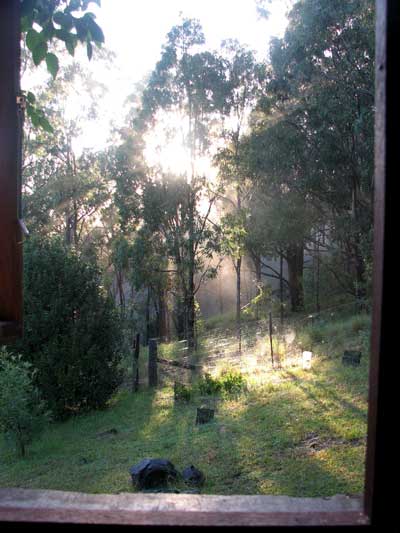
This post is extracted from Chapter 1 of The Woman on the Mountain, with the kind permission of my publisher, Exisle.
Wherever you live you need to feel safe, and in tune with your surroundings. I do.
Yet my place is a 90-minute drive from a post box, police station, shop or mechanic, let alone a Big M or a Big W or whatever other letter is considered crucial to modern survival.
Half of that drive is over a dirt road, partly through a national park which verges on wilderness. I have no neighbours within sight, sound or coo-ee, or not in the accepted sense. My neighbours are the wild creatures who live in the national park.
…
…if I were forced to live again in a city, town or suburb, I certainly wouldn’t feel safe, or in tune with my surroundings. I’d be nervous, draw my curtains at night, lock my doors, lower my voice — and I’d feel like a fish out of water.
I’d pine for the tree-clad mountains stretching forever into the distance, the blue gums and stringybarks and sheoaks just beyond my house fence, the hundreds of infant rainforest trees I’ve planted in the gullies, the wild creatures that are my neighbours — the wallabies and birds, the quolls and koalas, the snakes and lizards — I’d even include the leeches.
I’d miss the sounds of cicada, mad wattlebird and bleating frog chorus, or me yelling ‘Feedo!’ at the top of my voice for the horses to come. When could I yell anything at the top of my voice again?…
Read more
